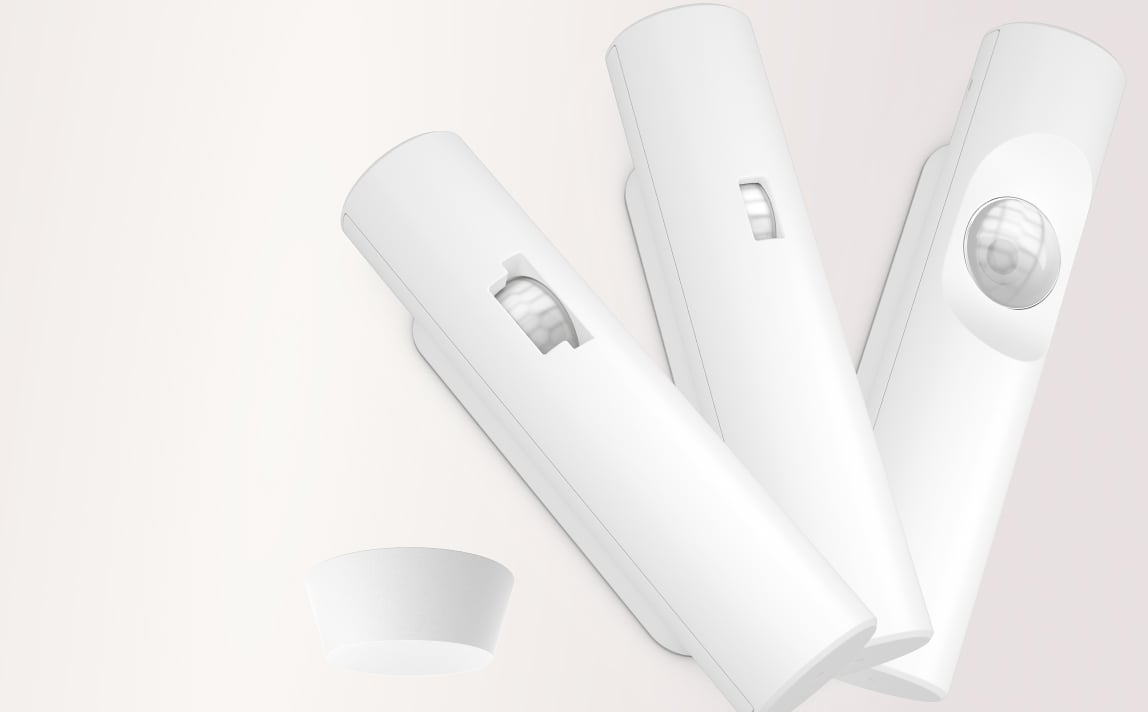How many people are actually coming to the office? How do employees use the space? Companies can rarely answer these questions with confidence. The ultimate question ends up being: how can we expect to create a great workplace for employees and overall company success without underlying metrics?
Occupancy monitoring can help improve the experience of employees at the office. By equipping relevant stakeholders, like human resource specialists, workplace managers, and facility managers, companies have great metrics to understand the frustrations of employees using the workplace. For example, one powerful metric is actual usage of rooms vs. room bookings. Are your meeting rooms appearing booked, when in reality they are empty?
Not only is occupancy monitoring a great way for companies to diagnose workplace inefficiencies, occupancy monitoring can also be used to offer more effective room and desk booking. That is because occupancy monitoring can sense when a room is in use, and when it is available again. Of course, with that information, your booking system becomes much, much smoother.
Stakeholders responsible for the cost-efficiency of the facility, such as facility managers and corporate real estate managers, also benefit greatly from accurate occupancy data. Occupancy, utilization, and attendance trends tell facility managers exactly how efficient their space is.
A workplace also needs to provide the right resources, in the right quantities. Occupancy monitoring can help here too. Stakeholders that are responsible for resource availability, such as IT specialists, workplace managers, and facility managers can plan more effectively with office occupancy monitoring insights.
For instance, it’s much easier to plan resource availability when you have an understanding of office attendance. When are employees typically at the office? How many? Where do they work? Providing adequate spaces, rooms, equipment, and technical infrastructure is simple when you have data about long-term trends. Pair this with office access bookings, and you can get an even more accurate idea of future attendance.
With the right kind of space utilization metrics, a wide range of stakeholders can collaborate more effectively in their quest not only to make the office more cost-efficient, but to add new value to the company through the office. Office managers, facility managers, corporate real estate managers, IT managers, and human resources all benefit from having a common understanding of occupancy and office space utilization, to align the workforce size, work processes, workplace strategies, and employee preferences with the office space.
3 types of occupancy data ranked from least to most valuable.

When it comes to measuring utilization, nothing beats sensors.

The office we knew is gone. We talked to Dr. Darja Smite to hear what's next.

Copyright © 2025 Sony Network Communications Europe. All rights reserved